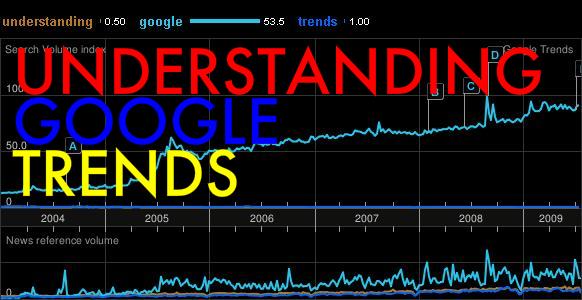Saturday, March 6, 2010
Google Insights: social networking sites
Something I wrote last week made me want to consider this topic. Social networking sites are meant to be one of those defining factors of what they were recently calling "Web 2.0" - the more dynamic, interactive, user-controlled web that now exists. By and large I have little interest in social networking sites, but the graph is interesting. Well, to a point:
The ubiquity of Facebook obviously renders this graph a bit useless. I'm surprised, though, that Facebook keeps rising. I would have figured by now that whoever was going to use it already would have, and that many people would have gotten bored of it by now: in short, that it would have begin to resemble that wonderful bow-shaped rise-and-fall that we see for Myspace.
So what's interesting, then, is how regional these sites are. The real action is in the 'regional interest' lists. Myspace, it turns out, is most popular in Puerto Rico, the USA, Australia, Malaysia and the UK - anglophone countries or countries influenced by anglophone countries. Oddly enough, Facebook's global reach has succeeded to the point where its hometown of the USA isn't even in the top ten anymore and only one English-speaking country, the UK, makes the top ten at all. Tunisia, bizarrely, is at #1, followed by Turkey, Italy, Croatia and Venezuela: a motley crew of countries if I've ever seen one.
Google's Orkut is meant to be 'popular in Brazil and India', but Brazil's neighbout Paraguay actually tops the list, with Brazil, India, Pakistan and Haiti rounding out the list. Facebook appears to be all but unheard of in Brazil, though Twitter is popular enough there to give Brazil its #1 ranking, ahead of an otherwise anglophonic top five: Ireland, the UK, the USA, Canada. Hi5, about which I know nothing, seems to be a Spanish-speaking phenomenon, with eight of the top ten being hispanophonic countries. Spain is not one of them, though its neighbout Portugal, unique in Europe, seems to enjoy hi5. The hi5 top5 is Peru, Portugal, Dominican Republic, Ecuador and Costa Rica.
The ubiquity of Facebook obviously renders this graph a bit useless. I'm surprised, though, that Facebook keeps rising. I would have figured by now that whoever was going to use it already would have, and that many people would have gotten bored of it by now: in short, that it would have begin to resemble that wonderful bow-shaped rise-and-fall that we see for Myspace.
So what's interesting, then, is how regional these sites are. The real action is in the 'regional interest' lists. Myspace, it turns out, is most popular in Puerto Rico, the USA, Australia, Malaysia and the UK - anglophone countries or countries influenced by anglophone countries. Oddly enough, Facebook's global reach has succeeded to the point where its hometown of the USA isn't even in the top ten anymore and only one English-speaking country, the UK, makes the top ten at all. Tunisia, bizarrely, is at #1, followed by Turkey, Italy, Croatia and Venezuela: a motley crew of countries if I've ever seen one.
Google's Orkut is meant to be 'popular in Brazil and India', but Brazil's neighbout Paraguay actually tops the list, with Brazil, India, Pakistan and Haiti rounding out the list. Facebook appears to be all but unheard of in Brazil, though Twitter is popular enough there to give Brazil its #1 ranking, ahead of an otherwise anglophonic top five: Ireland, the UK, the USA, Canada. Hi5, about which I know nothing, seems to be a Spanish-speaking phenomenon, with eight of the top ten being hispanophonic countries. Spain is not one of them, though its neighbout Portugal, unique in Europe, seems to enjoy hi5. The hi5 top5 is Peru, Portugal, Dominican Republic, Ecuador and Costa Rica.
Subscribe to:
Post Comments (Atom)


No comments:
Post a Comment